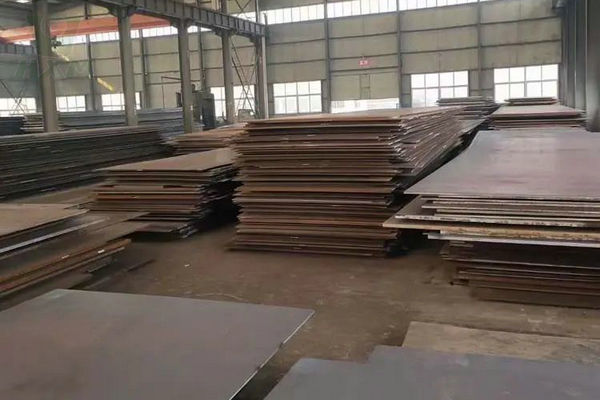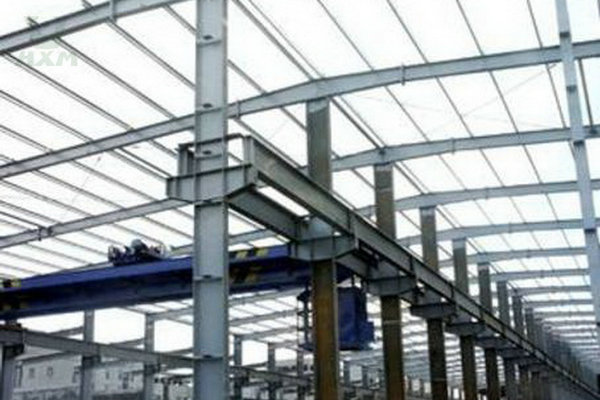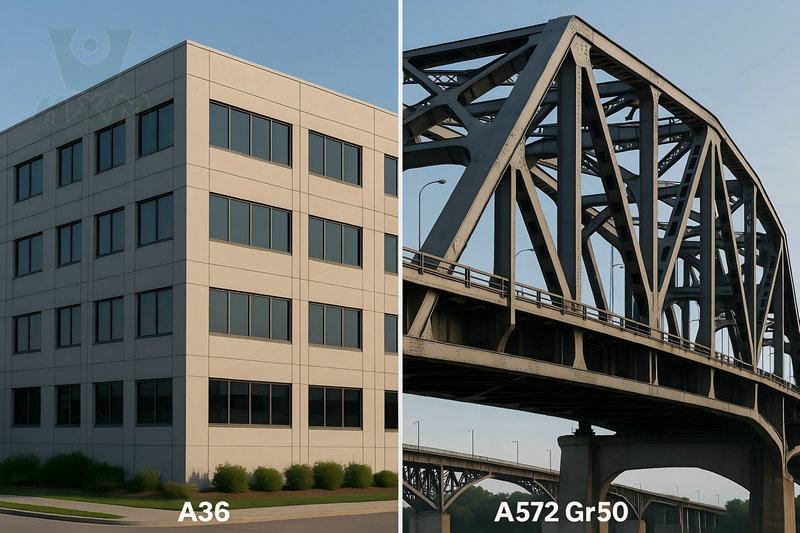What Steel Is EM2?
EM2 high-speed steel is a general-purpose tool steel widely used in rolling mills and other fields. Its chemical composition includes carbon, chromium, molybdenum, tungsten, vanadium, and other elements, and the content of these elements has an important influence on its performance. EM2 is a traditional Swedish high-speed tool steel with high wear resistance, high toughness, and high compressive strength.
E stands for electro slag remelting, also represented by ESR. M2 is a high-speed steel in the United States, and the corresponding material in China is 65420CRNIMO
316L stainless steel is molybdenum-containing stainless steel, and the molybdenum content of 316L stainless steel is slightly higher than that of 316 stainless steel. Due to the addition of molybdenum to the steel, the comprehensive performance of this steel is better than that of 310 and 304 stainless steel. Under high-temperature conditions, when the concentration of sulfuric acid is lower than 15% and higher than 85%, 316 stainless steel has a wide range of uses.

The previous M35 steel had a low carbon content (80%~90%), and quenching and tempering could not reach a high hardness of more than 67HRC; 501 steel (M2A) had many problems due to its high carbon content. Now both steels have restored their normal carbon content.
Compared with the original standard, the biggest highlight of the new standard GB/T9943 is the change in carbon. GB/T9943 has good hot hardness, still has high hardness and good cutting processability at 600℃, good grinding processability, low sensitivity to quenching overheating, and higher heat resistance than alloy tool steel.
What Is The Difference Between M2 High-Speed Steel And 6542 High-Speed Tool Steel?
Chemical Composition
| Element | M2 (W6Mo5Cr4V2) | 6542 (W6Mo5Cr4V2Co5) |
|---|---|---|
| C | 0.78-0.88% | 0.78-0.88% |
| W | 5.5-6.75% | 5.5-6.75% |
| Mo | 4.5-5.5% | 4.5-5.5% |
| Cr | 3.75-4.5% | 3.75-4.5% |
| V | 1.75-2.2% | 1.75-2.2% |
| Co | – | 4.5-5.0% |
| Other | Si、Mn、S、P | Si、Mn、S、P |
Performance
Hardness:
M2 high-speed steel: High hardness, usually in the range of HRC 62-65, suitable for general cutting tools.
6542 High-Speed Tool Steel: Higher hardness, usually in the range of HRC 64-66, suitable for tools with higher strength and higher wear resistance.
Wear Resistance:
M2 High Speed Steel: Good wear resistance, suitable for most cutting applications.
6542 High Speed Tool Steel: Better wear resistance due to the addition of cobalt, suitable for higher strength and higher temperature cutting applications.
Thermal Stability:
M2 High Speed Steel: Can maintain its hardness at high temperatures, suitable for general high speed cutting.
6542 High Speed Tool Steel: Due to the addition of cobalt, it can also maintain its hardness at higher temperatures, suitable for higher temperature cutting applications.
Toughness:
M2 High Speed Steel: Good toughness, not easy to break.
6542 High Speed Tool Steel: The addition of cobalt increases toughness, making it more durable under high temperatures and high stress.
Applications
M2 High Speed Steel:
Mainly used to make general cutting tools such as drills, milling cutters, turning tools, and saw blades.
Suitable for general cutting conditions and medium-intensity processing.
6542 High Speed Tool Steel:
Used to manufacture high-strength, high-wear-resistant cutting tools such as heavy-duty drills, high-performance milling cutters, and high-efficiency turning tools.
Suitable for processing conditions with high temperature, high strength and high wear resistance.
Price
M2 High Speed Steel: Due to the relatively simple composition and manufacturing process, the cost is low.
6542 High Speed Tool Steel: Due to the addition of cobalt, the production cost is higher, so the price is more expensive.
Processing and Treatment
M2 High Speed Steel: Good processability, can be heat treated and quenched by conventional processing methods.
6542 High Speed Tool Steel: Due to the high hardness and cobalt content, processing and heat treatment are more difficult, and more advanced processing technology is required.







